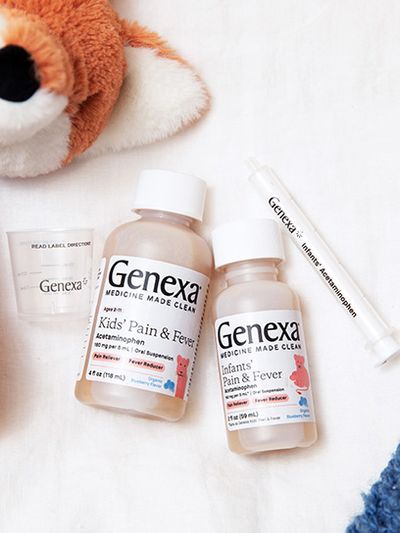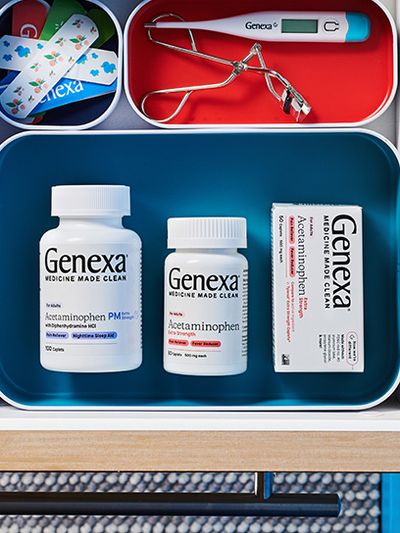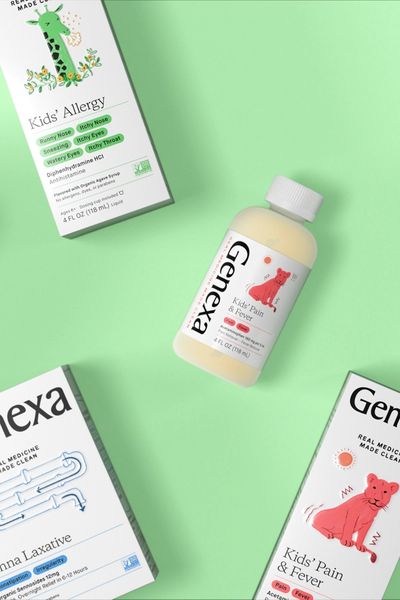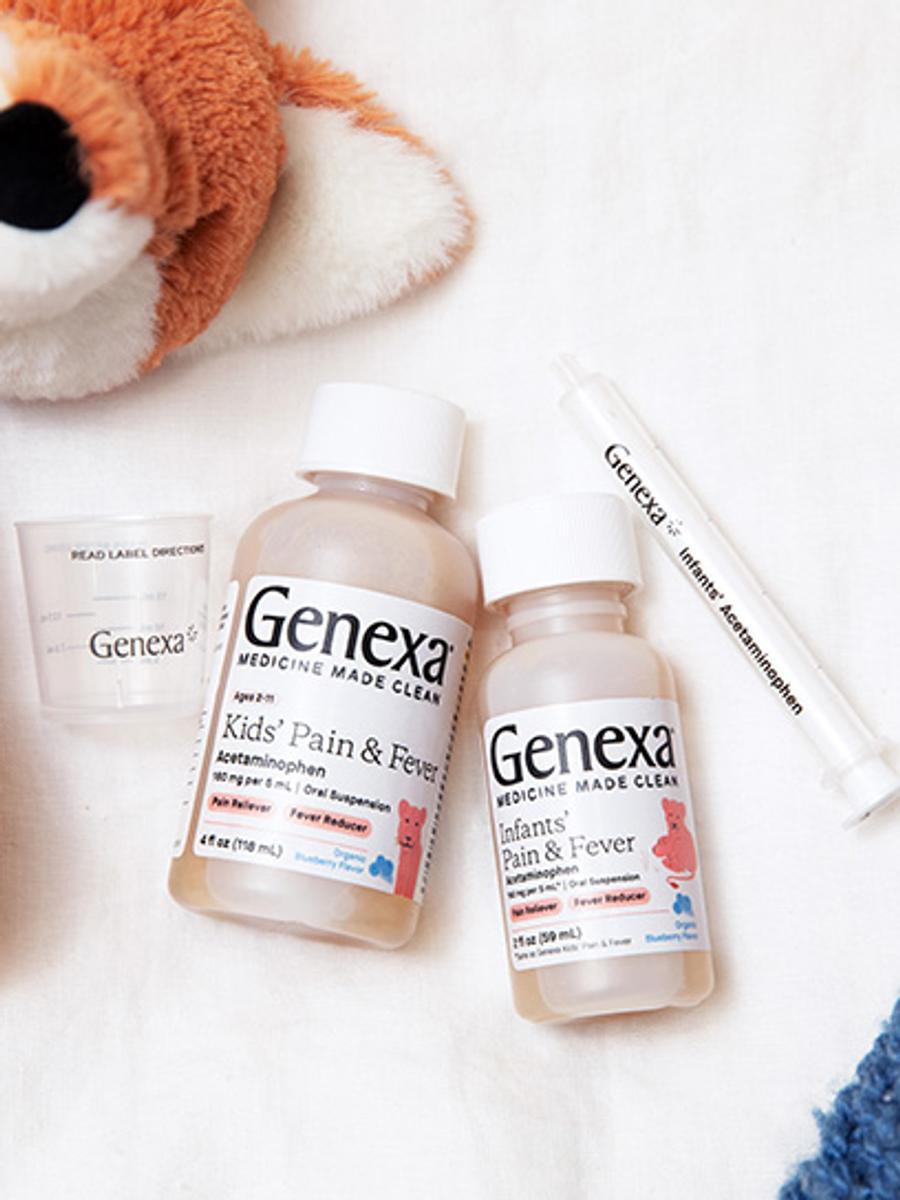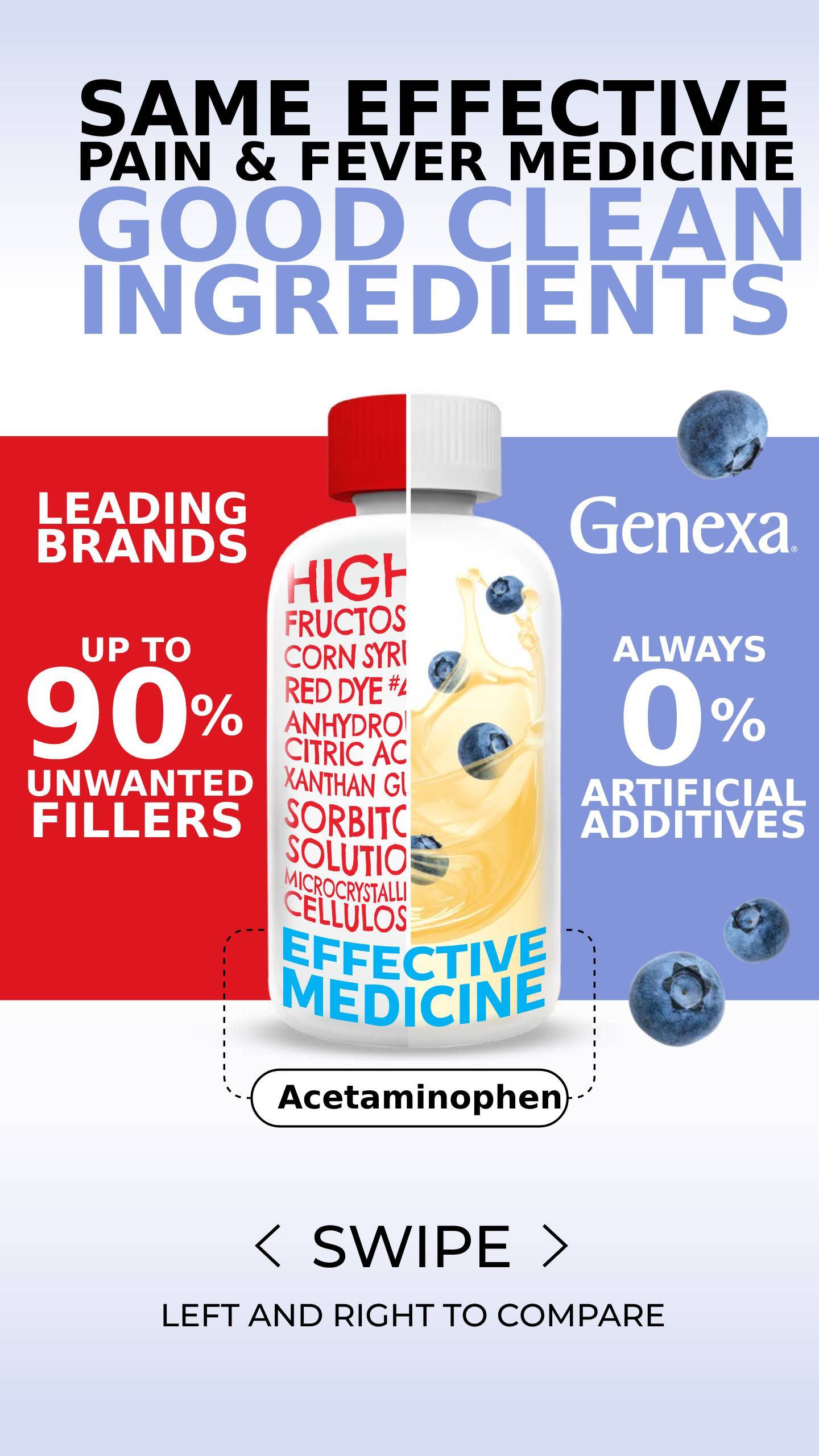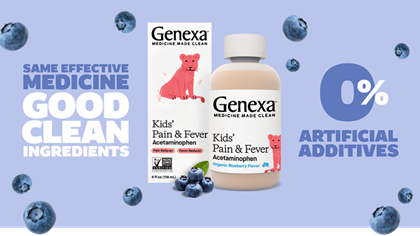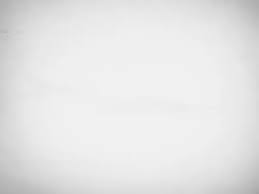What Is In The Coronavirus Vaccine, Anyway?
Understanding COVID Vaccine Ingredients
When it comes to the COVID vaccine, the first important thing to keep in mind is that there are actually three different vaccines currently available. After clinical trials, they have all been authorized by the advisory committees of the FDA and approved by the Centers for Disease Control and Prevention. Vaccine trials take place to ensure that vaccines are safe for candidates.
With vaccine development that has occurred over the past year, vaccine distribution has begun. Ask your healthcare provider about where to sign up and receive a COVID-19 vaccine. Healthcare workers who are immunizing the public are equipped with the knowledge of vaccine safety when administering the vaccine to vaccine candidates.
Prior to this authorization, the COVID vaccines went through the same safety and effectiveness standards as all other vaccines undergo, meaning that even though the COVID-19 vaccines were authorized more quickly, they have been held to the same standards as other vaccinations. Some of the vaccines had been approved during the pandemic for emergency use authorization.
Conventional vaccines generally make use of weakened forms of viruses and pathogens in order to trigger the desired immune response in the immune system, but the COVID vaccines take a different and more modern approach to building immunity. There are two types of vaccines available: two mRNA vaccines and a viral vector vaccine.
How Do mRNA and Viral Vector Platform Vaccines Work?
The two mRNA COVID-19 vaccines, which are the Pfizer and Moderna vaccines, use mRNA that is delivered into our cells, and this mRNA works to provide a small portion of genetic information that instructs our cells to make the coronavirus spike protein which triggers the desired immune response. The mRNA is then digested by our immune system cells.
The Johnson & Johnson Janssen COVID vaccine is a viral vector platform vaccine, and similar to the mRNA vaccines, this vaccine, too, contains genetic instructions that tell our cells to express a stabilized version of the coronavirus spike protein.
Instead of mRNA, this vaccine delivers the genetic instructions via DNA that is stored inside a modified version of adenovirus 26. The virus has been modified in such a way that it delivers the genetic information without replicating itself or causing illness. Once the DNA enters your cells, it can be read by each cell and transcribed into mRNA, at which point the J&J vaccine acts similarly to both mRNA vaccines in stimulating an immune response.
mRNA Vaccine Ingredients
The two mRNA COVID vaccines are the Modern and Pfizer vaccines, and although these two vaccines incorporate slightly different approaches, their ingredients do not differ as much as you may expect. In these vaccines, mRNA is the only active ingredient, but there are also inactive ingredients that help maintain the vaccine’s quality.
Moderna Coronavirus Vaccine Ingredients
The Moderna COVID-19 vaccine is administered in two vaccine doses.
The main ingredient in the Moderna vaccine is mRNA, but it also contains the following ingredients:
Lipids: The main role of the lipids in the Moderna vaccine is to protect the mRNA and help the mRNA slide into the cells. The lipids this vaccine contains include SM-102, dimyristoyl glycol, and cholesterol.
Aside from lipids, the Moderna vaccine also contains other ingredients that work to help keep the vaccine stable after production is finished:
- Salts: sodium acetate
- Acids: acetic acid
- Acid stabilizers: tromethamine and tromethamine hydrochloride
- Sugar: sucrose
- Preservatives: polyethylene glycol (PEG)
The Moderna vaccine does not contain the following common allergens:
- Eggs
- Latex
Pfizer Coronavirus Vaccine Ingredients
The Pfizer-biontech vaccine is administered in two vaccine doses. Aside from mRNA, the Pfizer vaccine also contains:
- Lipids: The lipids in this vaccine include, but are not limited to, N-ditetradecylacetamide, 1,2-Distearoyl-sn-glycero-3-phosphocholine, and cholesterol
- Salts: The salts included in the Pfizer vaccine work to help balance the acidity in your body, and they include potassium chloride, monobasic potassium phosphate, sodium chloride, and dibasic sodium phosphate dihydrate
- Sugar: The sugar in the Pfizer vaccine helps the molecules maintain their shape, and sucrose is the only sugar included.
Like the Moderna vaccine, this vaccine also does not contain eggs, preservatives, or latex.
Viral Vector Platform Vaccine Ingredients
In contrast to the mRNA vaccines, the active ingredient in the Johnson & Johnson vaccine is a modified version of the adenovirus type 26, but this vaccine, too, contains inactive ingredients to help maintain quality and effectiveness.
Johnson & Johnson Coronavirus Vaccine Ingredients
The Johnson & Johnson vaccine is administered in one vaccine dose. The Johnson & Johnson vaccine’s active ingredient is:
- Recombinant, replication-incompetent adenovirus type 26 expressing the SARS-CoV-2 spike protein: Though the name sounds complicated, this essentially just means that it is a modified version of one type of adenovirus that is harmless and is simply used as a vector to deliver the necessary DNA.
Similar to the mRNA vaccines, the J&J vaccine also contains salts and other inactive ingredients:
- Salts: trisodium citrate dihydrate and sodium chloride
- Sugars: 2-hydroxypropyl-β-cyclodextrin
- Emulsifiers: polysorbate-80
- Acids: citric acid monohydrate
- Alcohol: ethanol
This vaccine also contains no eggs, latex, or preservatives.
Allergen Note: Polysorbate and PEG are cross reactive, so it may be helpful to consult with your primary healthcare provider or allergist if you have concerns about an allergic reaction.
Shop Genexa Pain & Fever
While it might be tempting to just keep blowing your nose until you feel like there
is no mucus left in your nas al passages, this approach can be counterproductive.
Blowing your nose excessively can actually result in excess mucus pushing up into
your sinuses or nasal passages. This can cause increased congestion and make a
stuffy nose more challenging to treat.
Treating Vaccination Side Effects
All of the ingredients in the three COVID vaccines have been approved by the U.S. Food and Drug Administration and are deemed safe, and any side effects that you experience after immunization are typically a sign that your body is building immunity.
Vaccinated people may experience these common side effects and adverse events after getting one of the COVID vaccines to include:
- Pain, swelling, or redness at the injection site
- Tiredness
- Headaches
- Muscle pain
- Chills
- Fever
- Nausea
- Shortness of breath
- In rare cases, anaphylaxis
To reduce any pain or discomfort you experience in your arm after getting vaccinated, you can apply a cold, wet washcloth or compress to the area of injection. Using or exercising the affected arm after receiving your vaccine may also help prevent some of the soreness.
If you do spike a fever after getting vaccinated, this, too, is normal, and you can reduce any discomfort caused by fever by making sure to drink plenty of fluids and dressing in light and breezy clothing.
In most cases, you can manage your side effects right at home with the help of some OTC medicine. Acetaminophen can help reduce a fever and relieve minor aches and pains like a headache. Other pain relief formulas, too, can help relieve the discomfort you might experience from muscle pain, soreness, bruises, swelling, or joint pain, some of which are common side effects after the COVID vaccine.
That said, whenever you opt for some medicine to manage your symptoms, it is important to read the safe usage label and follow the dosage guidelines. If anything is unclear, you should consult your doctor for some guidance, and your doctor can also recommend products in the first place if you are not sure what to try.
The mRNA vaccines, which are the Moderna and Pfizer vaccines, require two doses, with the second dose being given three to four weeks after your first injection. The side effects you experience following the second dose may be slightly more intense than the side effects after the first dose, so if you feel under the weather you may not need to panic. Again, side effects after your vaccination are just a sign that your body is building up immunity.
After you get your first dose and become familiar with the types of side effects you experienced, you will be able to be prepared to go through them again after the second dose. The Moderna and Pfizer COVID vaccines are the only vaccines that require a second shot.
The best way to prepare yourself is to make sure you have the appropriate medicines in your household before you get your second injection so that you can rest and relax while your side effects run their course.
There are, however, a few symptoms that indicate that you should consult a doctor, and these include:
- Redness and tenderness at the injection site seems to worsen over the course of 24 hours
- Side effects that are becoming concerning to you or that do not improve at all after a few days
Even if your symptoms are not raising these kinds of red flags, you can still consult your doctor should anything be worrying you. Your doctor is a resource for you, and they will be able to answer any questions you have as well as put your concerns to rest if need be.
All in all, the COVID vaccines contain very safe ingredients, both active and inactive.
CoronaVirus Blog Ads
Given that a persistent cough can often interfere with sleep, you can also try melatonin-free homeopathic remedies that include valerian root to promote deep and restful sleep so you can wake up feeling refreshed.
The Bottom Line
When it comes to the COVID vaccine, there are actually three different vaccines available, which is where some confusion stems from. There are two mRNA vaccines available, and these are the Pfizer and Moderna vaccines which have mRNA as their active ingredient. There is also one viral vector vaccine available, which is the Johnson & Johnson vaccine, and this vaccine has a modified version of adenovirus type 26 as its active ingredient, but the virus is modified in such a way that it cannot replicate or cause you to fall ill.
Aside from the active ingredients, the COVID vaccines also contain inactive ingredients including salts, sugar, acids, and lipids, all of which help maintain quality, safety, and effectiveness when the vaccine is finished being produced.
The COVID vaccines were authorized for emergency use, but before this authorization, they underwent the same safety and effectiveness standards as all other vaccines, so there may be nothing to worry about when it comes to the safety of getting vaccinated.

